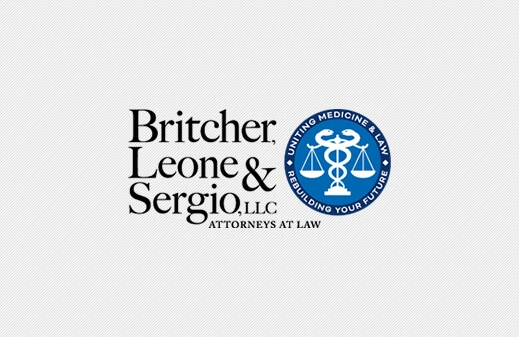
MEDICAL SCHOOL | October 21, 2025
The U.S. has been experiencing a shortage of primary care physicians (family medicine, pediatricians, geriatricians) as medical school graduates go after specialties that pay more.
Few cancer diagnoses are more devastating than those of childhood cancers. Noticing an unusual lump or swelling in a child, taking a son or daughter in because of increased lethargy or pain and having a doctor share a diagnosis for leukemia, lymphoma, neuroblastoma, kidney tumors, bone, or other cancer is crippling for the entire family. Families are forced to band together, to dig deep and work as a team to support the child through their fight — and fight they do. The strength of children who go through this battle and come out the other side as a cancer-free hero ringing that bell at the end of their journey is inspiring.
But, unfortunately for some, their battle is not over. Both long-term adverse effects of chemotherapy and radiation, as well as the possibility of recurrence of the underlying cancer are causes for continuing concern.
Just as the treatment of childhood cancer requires a very specialized approach, so does aftercare and watching for late effects – side effects of cancer treatments that can show up months or even years later. Late effects can involve more than one part of the body (or more than one organ system) and can range from mild to severe. For example:
Treating childhood cancer and saving young lives are two of the most important gifts modern medicine has given us. Being mindful of the long-term side effects of chemotherapy and radiation therapy helps tailor treatments to minimize the price of cure. Cancer treatment that may be appropriate for adults, may not be for children. Delayed diagnosis of childhood cancers may necessitate more aggressive treatment for cure, but at an increased cost in the future.
Related Posts